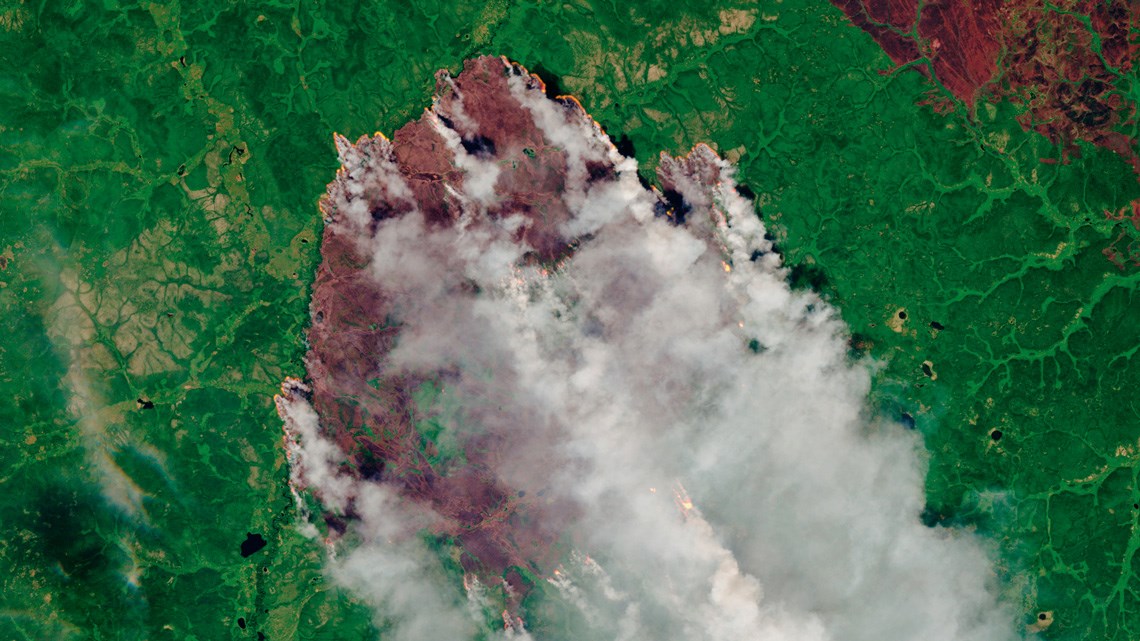Two-thirds of Russian territory is covered by permafrost, a layer of soil that remains permanently frozen, even in the Arctic summer. This type of terrain, however, is not free of wildfires, a problem more frequently associated with rainforests and savannas in regions with a warmer climate. But with the Arctic warming four times faster than the rest of the planet, fires in Siberia in 2019 and 2020 burned 4.7 million hectares of peatland in the permafrost zone—2020 was the hottest summer in the region for four decades. Using satellite images, a group led by remote-sensing expert Adrià Descals of the Spanish National Research Council (CSIC) concluded that the total area burned over the two years corresponds to 44% of the total area affected by wildfires in Siberia since 1982 (Science, November 3). According to the group, fires in Siberia’s permafrost zone are expected to increase exponentially until the middle of this century. Fires in the region in 2019 and 2020 released 413 million tons of greenhouse gases into the atmosphere.
RepublishEnvironment
Fire consumes vegetation on icy Siberian soil

Satellite image shows wildfires in the Siberian tundra in 2021
ESA